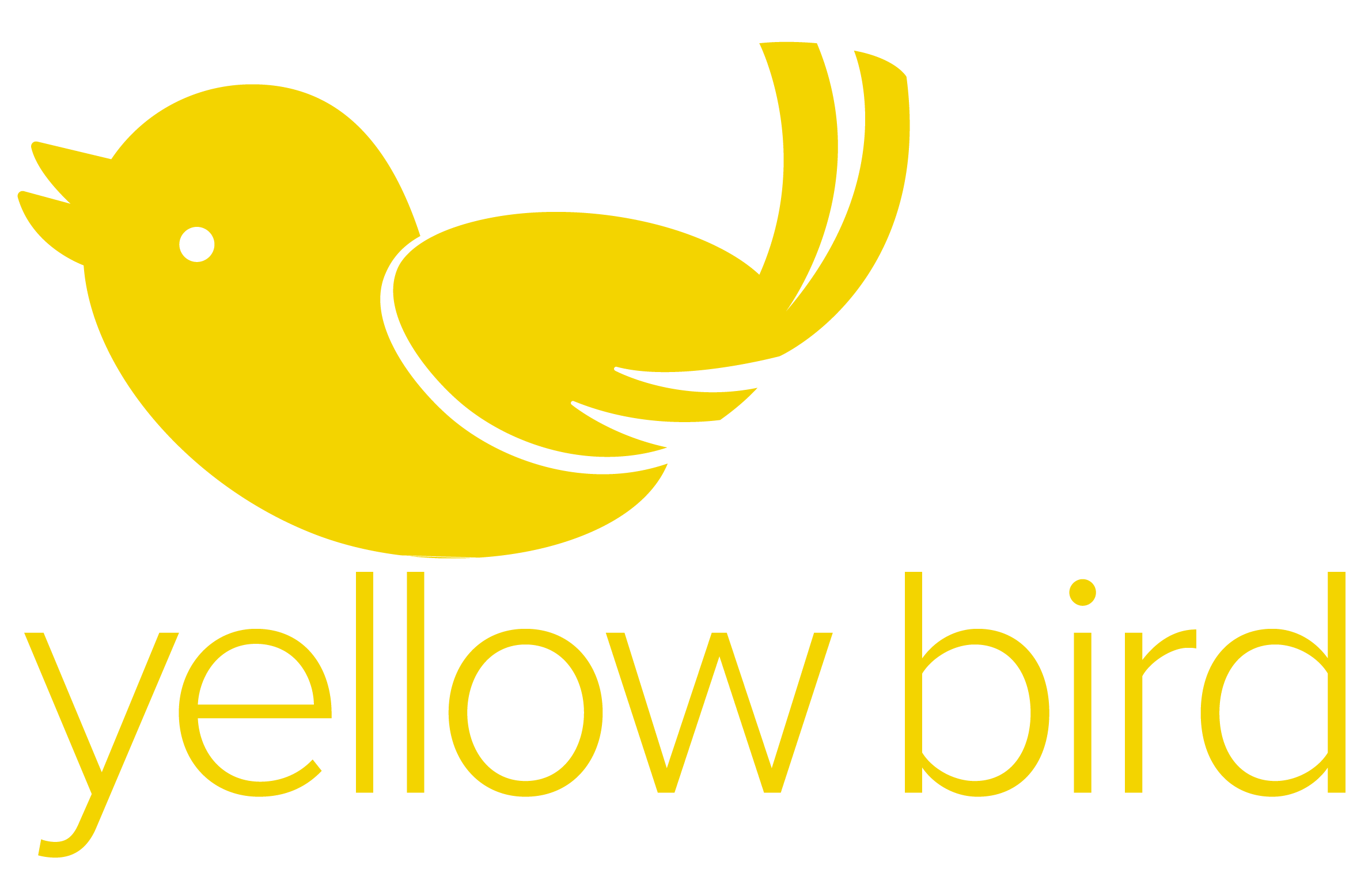A newsletter can be a really great way to engage with your audience. It can also seem like a real bind trying to come up with interesting things to write about!
If you’re thinking of launching a newsletter and don’t know where to start, or if you’ve fallen out of love with the newsletter you already have, here’s some food for thought on making the exercise a more joyful one.
Think about your audience
First and foremost, you’re probably thinking of your customers – either those you are currently working with, or those you’d like to attract. There are others too who may be interested in hearing from you – your suppliers, partners and others you may have met along the way – who can help spread the word about your business, and refer others to you.Another important audience is, of course, your internal stakeholders. Your newsletter is a reminder to colleagues of all the good stuff that’s happening in your business, and an opportunity to take stock of the company’s successes.
There’s something about seeing achievements in print that help to reinforce a collective sense of pride. Once you have a clear idea on who you want to engage, you can start to think of content that will appeal to your range of audiences. What might they find interesting, informative or entertaining?
Which questions have they put to you and your team over recent weeks and months? What’s happening in the wider industry that is getting people talking?
What’s your objective?
The content of your newsletter should reflect the overall direction of your business, as well as its brand values.
Where’s your focus or direction for the coming twelve months? Which products or services do you wish to promote?
As business owners, we can fall into the trap of believing that our customers know each and every service we offer. Is that really the case? A newsletter can be as useful in reinforcing your existing products and services as it is in promoting any new offer.
Having a clear idea at the outset of what you want to achieve, will ensure that you stay on track with your messaging.
A structured approach to content
Taking the time to put together an overall content plan (i.e., a structured approach to determining topics across all your content – whether that be blogs, feature articles in publications, case studies, videos or social media) brings many benefits. Firstly, it ensures your content is firmly aligned with those areas of your business you most want to promote. Secondly, it ensures you engage with your audience on a consistent and frequent basis, and – perhaps most appealing of all – it saves time! Once you’ve created a core piece of content – let’s say a blog – you’ve got content you can re-purpose in other ways, for example as social posts. The same applies to your newsletter. Choosing to promote a blog or case study in your newsletter gives you two really valuable sections, with very little additional work needed.
Ideas for content
First, your opening section. It need only be short and sweet, but it gives an important round-up of the newsletter’s content to entice your audience to read on.
Thereafter, some interesting additions might be:
- Milestones – whether relating to the business as a whole or a colleague’s length of service.
- Spotlight on a team member – who might your customers be dealing with on a regular basis? It’s always interesting to know a little more about someone’s background and their day-to-day work.
- Product or service in focus – what is it, who’s it for, and how does it offer benefit?
- Knowledge sharing – is there anything that you/ your colleagues know that can be imparted to customers to make their lives easier.
- Case studies – who makes a compelling story for how your product or service is being used.
- Launch of new partnerships, either formal or informal.
- Successful grant or award applications.
- Recognition of your work in the press.
- Launch of a survey or consultation.
- Charity or community work.
- Requests from your readers for ideas on what to include in future months.
- Events/ exhibitions – both those you have attended and those that are planned.
- Did you know…? section of random facts about your industry. No-one enjoys scratching around at the last minute for newsworthy content. You can make the process as painless as possible by capturing ideas on a tool like Trello and encouraging colleagues to do the same).
Think too about where else you can get a steady flow of interesting content.We’ve talked about the benefit of repurposing content like blogs in your newsletters but you may also find useful content from other sources. Could your newsletter include a guest blog from a supplier or partner, on a subject of interest or to promote a special offer?
A catchy subject line
An effective subject line is what entices the reader to open your newsletter. Try and be succinct; how can you get your message across in a title of fewer than nine words? If there’s more you want to say, you can add in Preview text (the section of text that appears in a recipient’s inbox after the subject line).
How often is often enough?
How often you decide to send your newsletter is entirely down to you. A weekly newsletter brings the benefits of reminding your audience about your business on a regular basis. If, however, you know you are going to struggle to commit the time or indeed have enough to talk about, you might want to consider a monthly or perhaps even a quarterly send.
Measure impact
There are lots of different choices in marketing platforms that can make sending your newsletter super easy – MailChimp and HubSpot being two notable examples. GDPR is, of course, a major consideration. Using such software will automatically include an unsubscribe link in your email, allowing anyone who no longer wishes to be on your mailing list to opt out. It can also help you to identify your most popular content, allowing you to capture statistics on your audience size, number of opens and click throughs.Useful feedback can be captured too from your colleagues and clients. Is your newsletter being well-received and what could you do better, or offer more of?
Build momentum
Make sure your newsletter doesn’t remain your best-kept secret. Once it’s been published, let your customers know through other channels, such as through social media, in any customer ‘Welcome’ emails, and in your email signature. Motivation to invest time and effort in your newsletter will come easily once you see your audience starting to grow…
Contact us
Need more help with coming up with your newsletter content? Contact us to find out how we can help.

